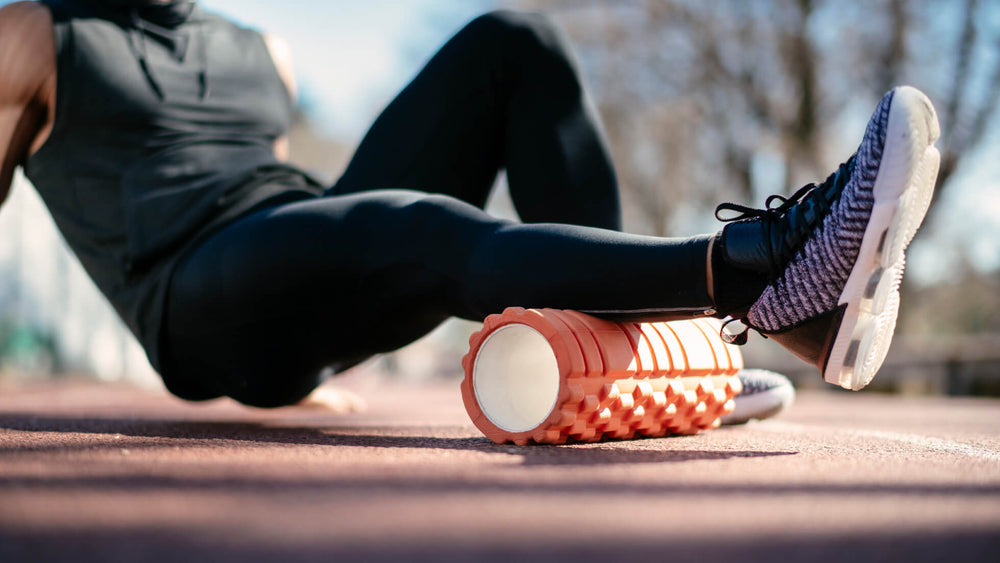The Qualification Process for the 2025 Boston Marathon

The Boston Marathon is one of the most prestigious running events in the world. For many aspiring racers, qualifying for Boston is a crowning achievement within distance running, symbolizing not just athletic ability but dedication to completing your training over a period of months or longer.
If you’re trying to qualify for the 2025 Boston Marathon or thinking about racing it one day, pay attention to these key steps and you’ll be toeing the start line on April 21, 2025 or later!
Understanding Boston Marathon Qualifications
To qualify for the Boston Marathon, you must achieve a specific time in an officially recognized, qualifying marathon at a certified course.The Boston Athletic Association (BAA) has set qualifying times based on age and gender. These times must be completed in marathons that are sanctioned by recognized organizations, such as USA Track & Field or World Athletics.While these times are designed to be challenging, they also reflect the varying abilities of runners across different age groups.
Boston Marathon Qualifying Times
For the 2025 race, the cut-off times are as follows:
Men
- 18–34: 3:00:00
- 35–39: 3:05:00
- 40–44: 3:10:00
- 45–49: 3:20:00
- 50–54: 3:25:00
- 55–59: 3:35:00
- 60–64: 3:50:00
- 65–69: 4:05:00
- 70–74: 4:20:00
- 75–79: 4:35:00
- 80 and over: 4:50:00
Women and Non-Binary
- 18–34: 3:30:00
- 35–39: 3:35:00
- 40–44: 3:40:00
- 45–49: 3:50:00
- 50–54: 3:55:00
- 55–59: 4:05:00
- 60–64: 4:20:00
- 65–69: 4:35:00
- 70–74: 4:50:00
- 75–79: 5:05:00
- 80 and over: 5:20:00
The Qualification and Registration Timeline
The qualifying window is September 1 to the end of the application window, spanning just over a year. So if you want to race Boston in 2025, you’d need to run a qualifying time at an eligible race between September 1, 2023 and September 13, 2024. Once a runner achieves a qualifying time, they must submit their results to the BAA for verification. This process requires that you provide proof of the finish time from the qualifying marathon.
The Boston Marathon registration window for the 2025 Boston Marathon opens on September 1, 2023, and closes on September 13, 2024. It's crucial for runners to note the registration timeline as slots can fill up quickly and your odds of getting in will improve with a more competitive qualifying time. Following the BAA’s official website and keeping updated on any announcements will help ensure a smooth registration experience.
Qualifying Marathon Selection
You should choose their qualifying races wisely to get the fastest possible time and increase your odds of getting into Boston. Some marathons are known for being faster due to flatter courses, ideal weather conditions, and enthusiastic spectators. Consider races such as the California International Marathon, Grandma’s Marathon, Town of Celebration Marathon, Mesa Marathon, Napa Valley Marathon, Fargo Marathon, Marquette Marathon, or other relatively flat or even downhill courses. Indoor races, races with a very small field size, shorter races (like half marathons) and unsanctioned races do not count for a qualifying time.
Training for Qualifying Standards
Achieving a qualifying time requires adherence to a robust training plan. You’ll need to build endurance, increase speed, and incorporate various aspects of training, all while avoiding injury and illness.
Key Marathon Training Components
Base Mileage: Building a strong aerobic base is essential. Consistent weekly mileage helps develop cardiovascular fitness and strengthen all the connective tissue and muscles in your legs.
Speed Work: Incorporating interval training and tempo runs will improve race pace, aerobic fitness, and overall speed.
Long Runs: Long runs are crucial for simulating race conditions. These should gradually increase in distance, peaking at about 20-22 miles before tapering down about two weeks before a race.
Rest and Recovery: Adequate recovery is vital for preventing injuries. This includes scheduled rest days and active recovery workouts such as yoga, meditation, leisurely biking, or easy walking.
Nutrition and Hydration: Proper fueling before, during, and after long runs is key. Aim to get some simple carbs before and during your run, and at least 20 grams of protein immediately after. Long runs are also a good opportunity to test out your race-day nutrition and make sure your stomach is ready for Boston.
Prioritizing Your Mental Health
While the journey to qualifying for the Boston Marathon can be incredibly rewarding, it can also be stressful. Runners often put pressure on themselves to perform, which can lead to anxiety and burnout. Going on group runs, training with friends, getting enough sleep, seeing a therapist, and taking breaks when you need to are all good ways to prioritize your well-being.
You Can Do This
The qualification process for the 2025 Boston Marathon is a physical and mental journey. By understanding the qualification requirements, strategically selecting races, committing to a structured training plan, and taking care of your mental health, you too can make it to the start line, Heartbreak Hill, and finish line at Boston.
Take the next step in your training regimen: Try any BRL Sports supplement risk-free! If our natural nutritional products aren’t the best you’ve ever used, simply return your purchase for a 100% refund — no questions asked!
Also in Fitness

Get the Most Bang for Your Buck With Sweet Spot Training

How Much is Too Much? The Impact of Alcohol on Exercise



